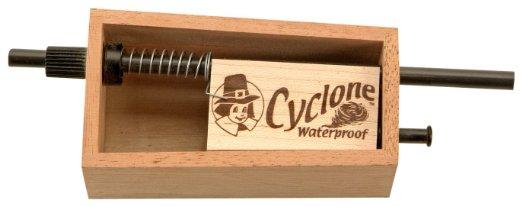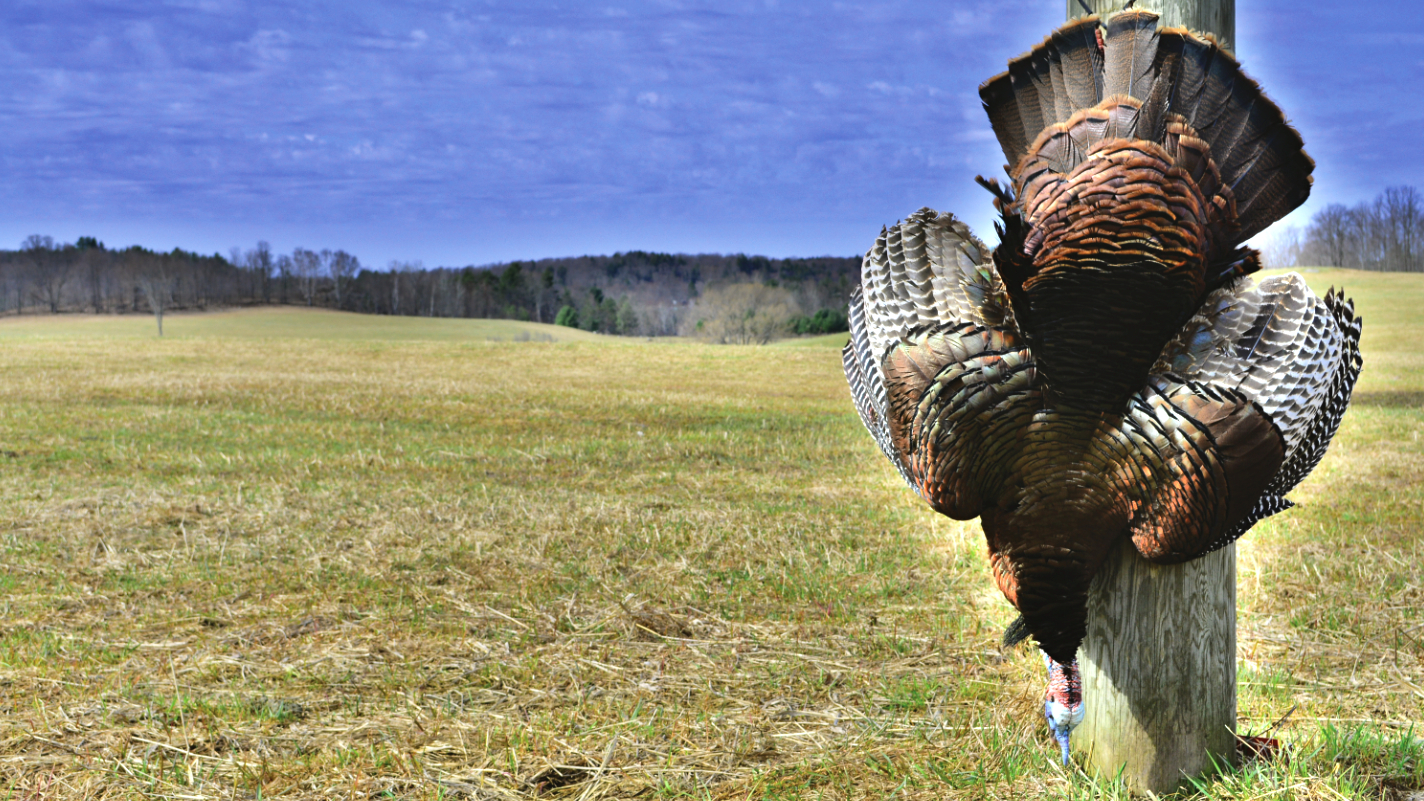Sound check
Before hitting the turkey woods, make sure your calls are up to the task
Advertisement

PUSH-PIN CALL
Unlike the box call, the paddle on the push-pin call is attached to a dowel that sticks out the end of the box. Push the dowel and the paddle scrapes over a pyramid-shaped striker to create yelps and other turkey talk.
Tuning
Advertisement
Along with returning the paddle into position for another stroke, the spring on a push-pin also controls the amount of pressure on the paddle and striker, and therefore the sound. There’s a sweet spot on the inside end wall where the end of the spring rests to make the best sound. The call will come out of the package with the spring in this spot, but it can inadvertently get bumped around and moved. In case that happens, use a felt-tip pen to mark the sweet spot so you can reposition the spring if it gets moved.
The angle of the striker block and the tension on the wood screw holding it to the bottom of the box also affect the sound. The screw sometimes works loose, so make sure it’s tight at the start of each season. Take note of the block’s original position and keep it there; trace its outline on the bottom board so you can see if it moves. If it does move and the call stops working, loosen the screw and slowly rotate the block. Once you find the sweet spot, tighten the screw back up.
Protection
Advertisement
When removing a yelper from your pocket, be careful that the end of the spring doesn’t work loose and snag on something and get bent out of shape. That would also change the pressure, therefore tone of the call. Return springs can also break, but the manufacturer should be able to replace them.
As with the box call, the push-pin needs a safe place to ride so it doesn’t get crushed or wet. It also needs a clean friction surface and a light dusting of chalk. With a scrub pad, lightly clean the bottom of the sliding paddle and dust it with box call chalk. Now all you need is a big ol’ tom to talk back.

